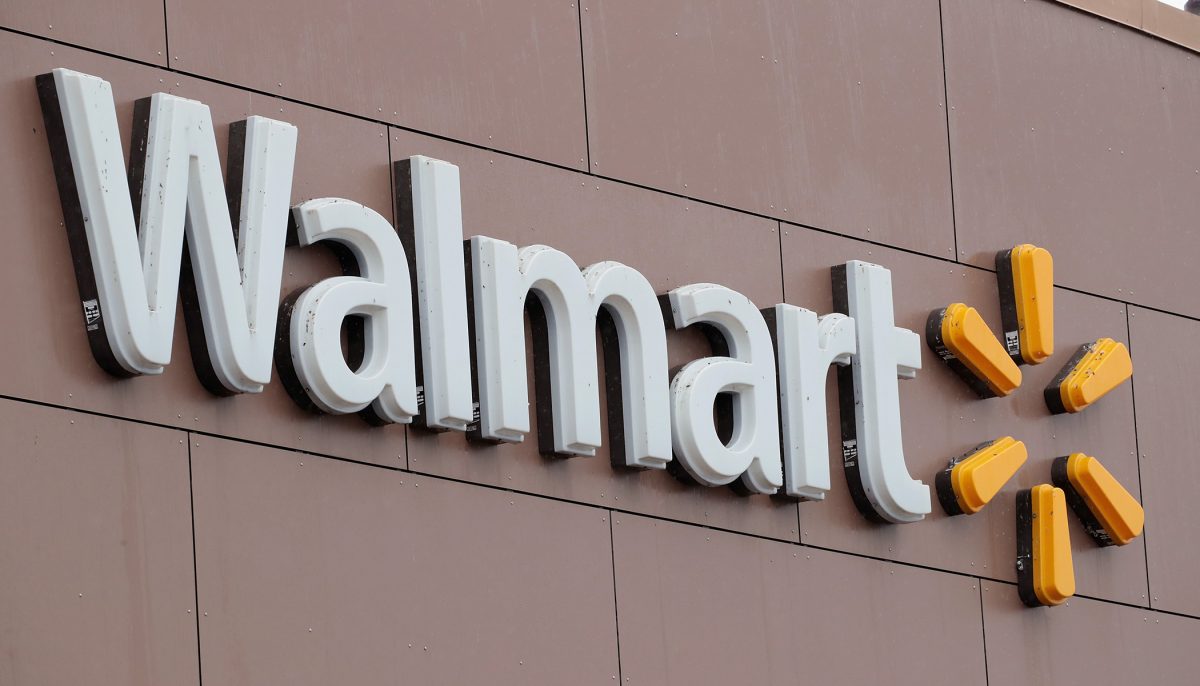
Walmart Becomes a Lifeline, Online Sales Surge 74 Percent
NEW YORK—Walmart became one of the few lifelines to millions of people as the CCP virus spread, lead..
NEW YORK—Walmart became one of the few lifelines to millions of people as the CCP virus spread, leading to surging profit and sales during the fiscal first quarter.
Online sales in the U.S. jumped 74 percent for the quarter ending April 30, which captured the brunt of the pandemic. Same-store sales rose 10 percent at U.S. Walmart stores on strong sales of food, health, and wellness goods.
At a time when a huge swath of stores that sell nonessential merchandise temporarily shut down, the nations largest retailer had the natural advantage of carrying the very items that consumers needed during the pandemic.
But unlike its online rivals such as Amazon, Walmart enjoys an extensive network of nearly 5,000 physical stores and a variety of delivery and pick-up options that it ramped up to meet the crushing demand for essential items from paper towels to canned food. Walmarts reputation for low prices also helped as the unemployment rate has spiraled to a high level since the Great Depression.
“Having a wide range of fulfillment options, including delivery to home, collection from store—and by using stores for fulfillment—allowed Walmart to ramp up capacity in a way that many other players struggled to do,” said Neil Saunders, managing director at GlobalData Retail. “We also believe that by using stores effectively, Walmart mitigated some of the higher costs associated with the online channel.”
Walmart shoppers didnt limit their purchases to just essential items, using their federal stimulus checks to buy clothing, TVs, and video games, which helped boost sales in April. Walmart also said its seeing gains in new customers from across all income brackets.
At the same time, the company had trouble keeping its shelves stocked, and its inventory fell 6.1 percent. Costs soared as well, to the tune of $900 million—all of it related to the pandemic. Cash bonuses were issued to all hourly workers, and Walmart upped pay by $2 per hour at its warehouses. It rolled out an emergency leave policy and spent money on shields at checkout lines. Still, it reported a higher operating profit.
Walmart pulled its guidance for the year, citing the chaos of the pandemic. It also pulled the plug on Jet.com, an online startup that it bought for more than $3 billion in 2016 as it sought to ramp up online operations to compete with Amazon.
Before the pandemic, there was already a broadening gap between big box stores and mall-based chains that had struggled to follow customers online. The crisis has accelerated that trend, pushing clothing chains further into peril.
J. Crew, J.C. Penney, Neiman Marcus, and Stage Stores have all sought Chapter 11 bankruptcy protection this month. Pier 1 Imports, Inc., which filed for Chapter 11 in February, said on May 19 that its winding down its business after stores are able to reopen and it can conduct liquidation sales.
Home Depot and Kohls on May 19 also joined Walmart to report the full impact of COVID-19 on financial operations, and revealed the vast disparity between those allowed to keep their doors open during the outbreak, and those that were not.
Home Depot, another critical supply line for those sheltering at home and focusing on outdoor and indoor projects, reported strong sales and $850 million in additional costs related to COVID-19, mostly to compensate its workers.
Kohls, with its stores closed, swung to a $541 million loss, and revenue tumbled more than 40 percent.
Nordstrom is expected to release its earnings results after the regular markets close on May 19. Target anRead More – Source

